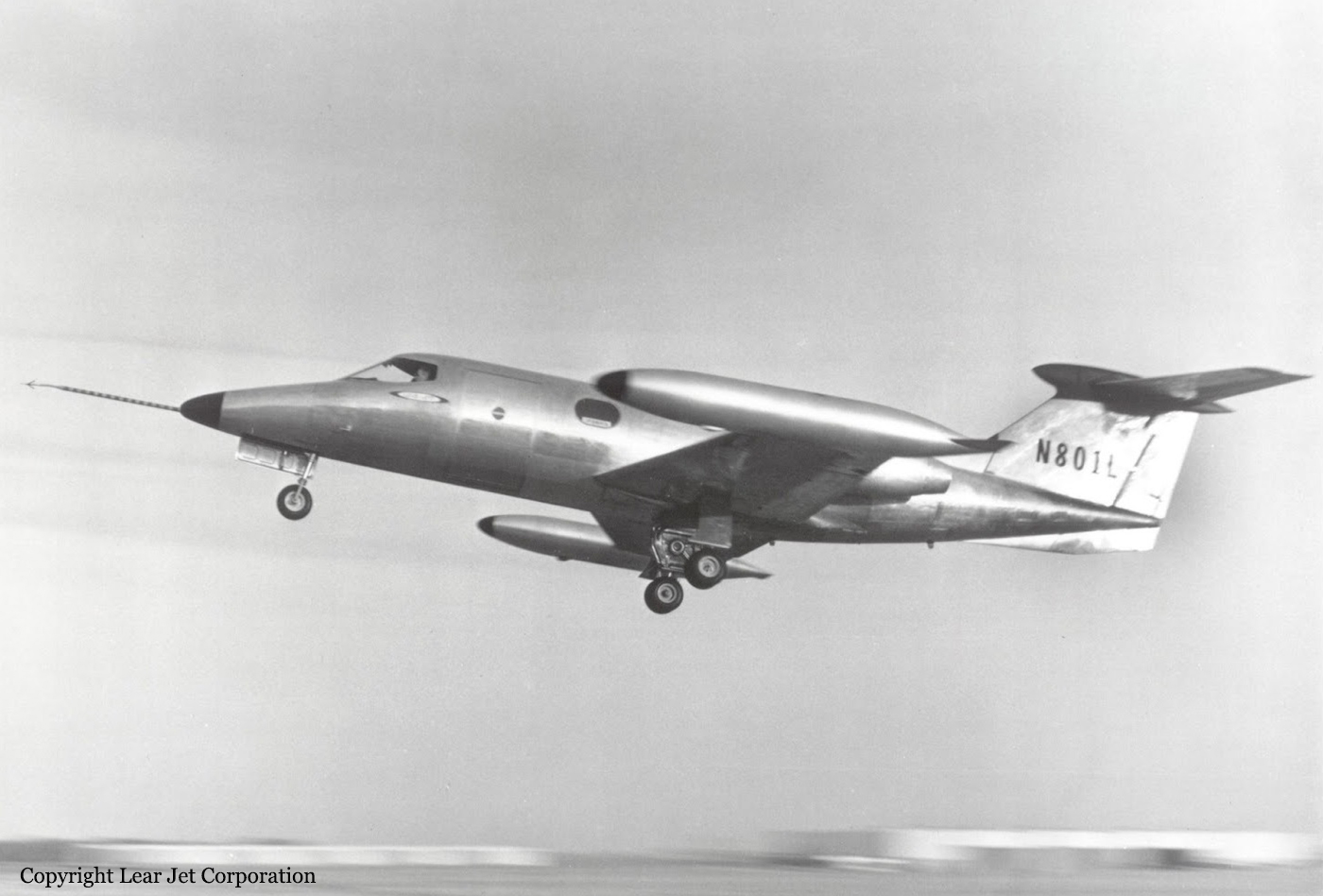Crash of a Lockheed 12 Electra Junior in Martinsville: 5 killed
Date & Time:
Jul 7, 1964 at 0515 LT
Registration:
N18946
Survivors:
No
MSN:
1240
YOM:
1938
Crew on board:
1
Crew fatalities:
Pax on board:
4
Pax fatalities:
Other fatalities:
Total fatalities:
5
Captain / Total hours on type:
4.00
Circumstances:
Shortly after a night takeoff from Martinsville-Blue Ridge Airport, the twin engine airplane encountered difficulties to gain height, struck trees, stalled and crashed in flames. All five occupants were killed.
Probable cause:
Inadequate preflight preparation and/or planning on part of the pilot who started the flight with the gust locks engaged.
Final Report:












